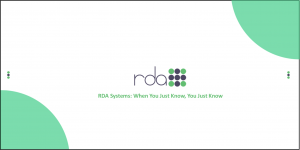How to Leverage Business Intelligence to Your Organization’s Advantage?
What is Business Intelligence?
Business Intelligence (BI) is a broad term that refers to the collection and utilization of measured data to optimize an organization’s business processes. Decision makers use the data gleaned from analytics tools to learn more about their users and how they can enhance their experience. BI is valuable because it helps you determine what your constituents want and accurately predict their future actions. It also helps you gain a better understanding of what’s going on in your daily processes to catch errors along the way. When you understand why problems occur, you can take the necessary steps to prevent those issues from reoccurring.
Actionable Insights
Business intelligence also helps your organization make informed and pro-active decisions through “actionable insights”—information that are used to take action which streamline the user experience. Actionable insights use measured data, such as tracking user behavior over a period of time, to tailor the product experience to meet their needs. This trend analysis can be useful in making changes to products that don’t meet the user’s needs or pinpointing problems within a specific product.
Increased Productivity
Additionally, the collection of data enables your organization to run smoothly. For instance, understanding the data improves overall growth, as well as the strategy of every other department within the organization. All teams can utilize the data to work harmoniously with each other, scaling the growth of the business.
Everyone in the organization should have access to the business intelligence system; it shouldn’t be limited to just the leadership board. In an article titled “7 Reasons Why Business Intelligence (BI) Is Crucial” published on TowardDataScience.com, the author points out that, “Having access to real-time data enables the business to stay informed about the health of the company at all times.” When your business data is centralized to one location and easily accessible to all employees, it cuts down on time wasted (for example, asking several managers the same questions with little to no clear answers).





